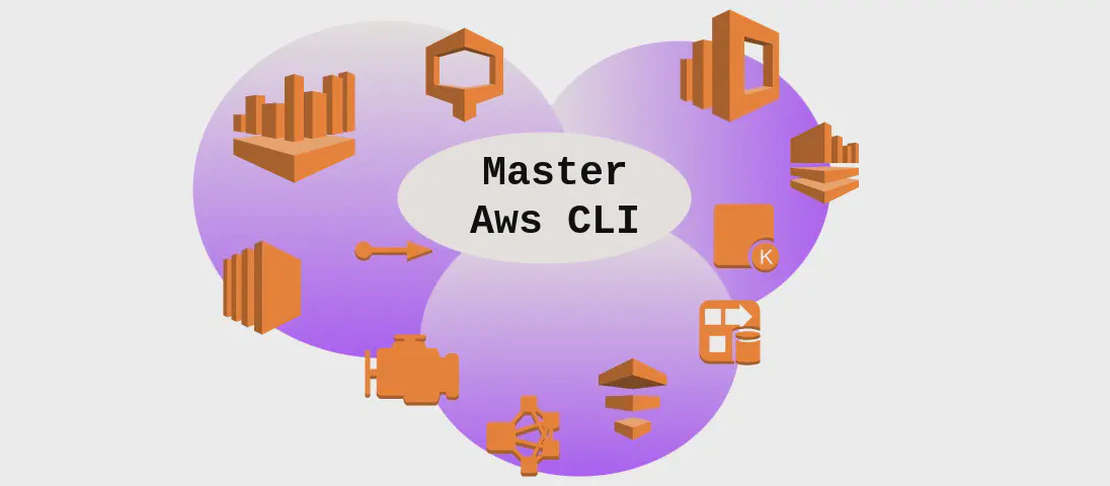
How to use the command `smbget` (with examples)
- Linux
- December 17, 2024
smbget is a command-line tool designed to simplify the process of downloading files from SMB (Server Message Block) servers, similar to how wget functions for HTTP/HTTPS transfers. SMB is a network protocol primarily used for providing shared access to files, printers, and serial ports. This command is part of the Samba suite, which facilitates file and print services between different computers within a network.
Whether you’re looking to download a single file, an entire directory, or require secure encrypted transfers, smbget offers a wide range of options to cater to various data transfer needs.
Use case 1: Download a file from a server
Code:
smbget smb://server/share/file
Motivation:
In network environments where files are shared using the SMB protocol, you might need to access and download a specific file from a shared server. Using smbget, you can efficiently automate and handle such file transfers without navigating through a graphical interface, making it an essential tool for system administrators and power users who work with networked resources.
Explanation:
smbget: Invokes thesmbgetcommand-line utility.smb://server/share/file: Specifies the SMB protocol followed by the server address, share name, and the file you wish to download. This URL-like format is intuitive for users familiar with web and network protocols.
Example output:
Upon execution, you might see an output like:
smb://server/share/file -> file
File downloaded successfully.
This indicates that the file has been successfully fetched from the SMB server and saved locally.
Use case 2: Download a share or directory recursively
Code:
smbget --recursive smb://server/share
Motivation:
In scenarios where entire directories need to be transferred from a server—such as nightly backups, data migrations, or synchronizing resources—downloading entire shares recursively ensures that all files and subdirectories are retrieved in one go. This is particularly advantageous in maintaining data consistency and reducing manual overhead.
Explanation:
smbget: The utility being used to communicate with the SMB server.--recursive: A flag that instructssmbgetto download files and directories recursively, ensuring that every subdirectory and file within the specified share is downloaded.smb://server/share: This specifies the SMB server URL and the particular share or directory that needs to be downloaded. The--recursiveoption makes sure that everything inside this specified shared directory is included in the download.
Example output:
The output may appear as follows:
smb://server/share/folder/file1 -> folder/file1
smb://server/share/folder/file2 -> folder/file2
All files and directories downloaded successfully.
This demonstrates that not only the files but all directories in the share have been downloaded to the local system.
Use case 3: Connect with a username and password
Code:
smbget smb://server/share/file --user username%password
Motivation:
Access to certain SMB shares may be restricted based on user credentials. When secure or private file transfers are required, supplying a username and password ensures that only authorized users can download the contents. This becomes crucial in enterprise environments or private networks where data access needs to be controlled and monitored.
Explanation:
smbget: The download tool utilized for accessing SMB shares.smb://server/share/file: The location of the desired file on the SMB server.--user username%password: A required authentication mechanism whereusernameis the account name andpasswordis the associated password for accessing the server. The%symbol acts as a delimiter between the username and password.
Example output:
The execution might yield:
Connecting as username to smb://server/share/file
File downloaded successfully.
This indicates successful authentication and completion of the download process.
Use case 4: Require encrypted transfers
Code:
smbget smb://server/share/file --encrypt
Motivation:
Security is a vital consideration for network file transfers, especially when dealing with sensitive data that traverses potentially insecure networks. The need for encrypted data transfers ensures confidentiality, integrity, and protection against eavesdropping. By opting for encrypted transfers with smbget, users can safeguard their downloads with an added security layer.
Explanation:
smbget: The utility that downloads files from the SMB server.smb://server/share/file: The location of the target file on the SMB server.--encrypt: This flag cleverly enhances security by ensuring that the data transferred over the network is encrypted. This feature is critical for compliance with data protection regulations and safeguarding proprietary information.
Example output:
The result might look something like this:
Establishing encrypted connection to smb://server/share/file
File downloaded securely.
This outlines that the transfer was secure, with all data encrypted during the download process to maintain confidentiality.
Conclusion:
The smbget utility provides a flexible and powerful means to access and download files from SMB servers, catering to both simple and complex use cases—from downloading individual files to requiring secure and authenticated transfers. As networking environments grow increasingly complex, understanding and implementing commands like smbget is crucial for efficient and secure file management across networks.


